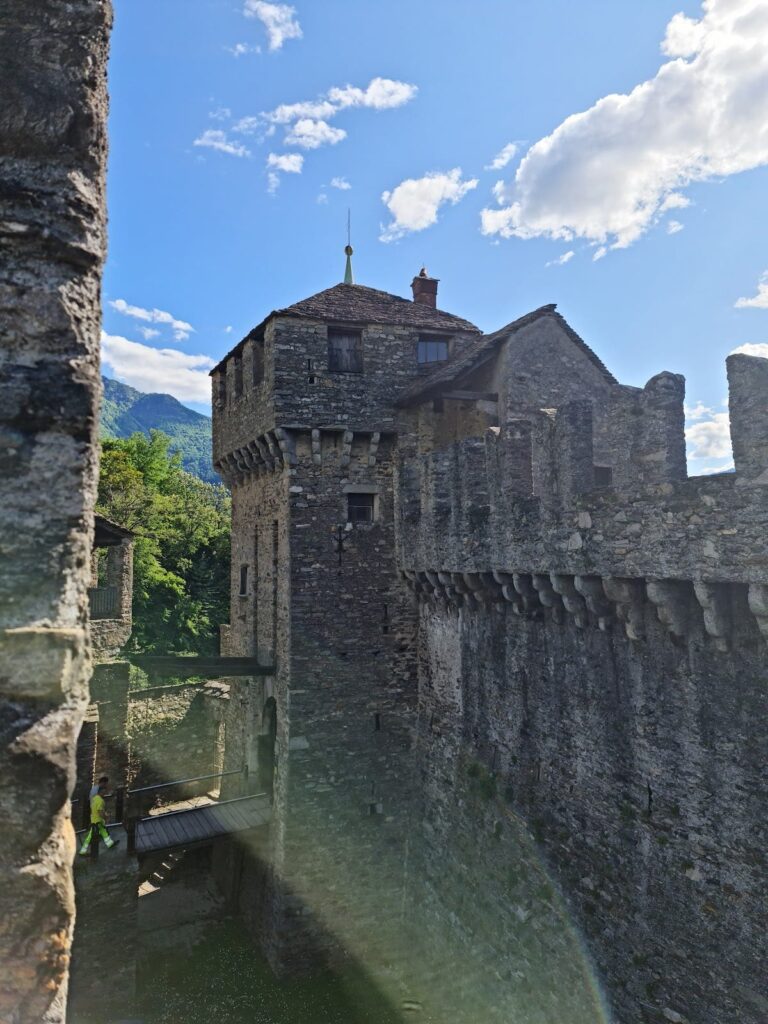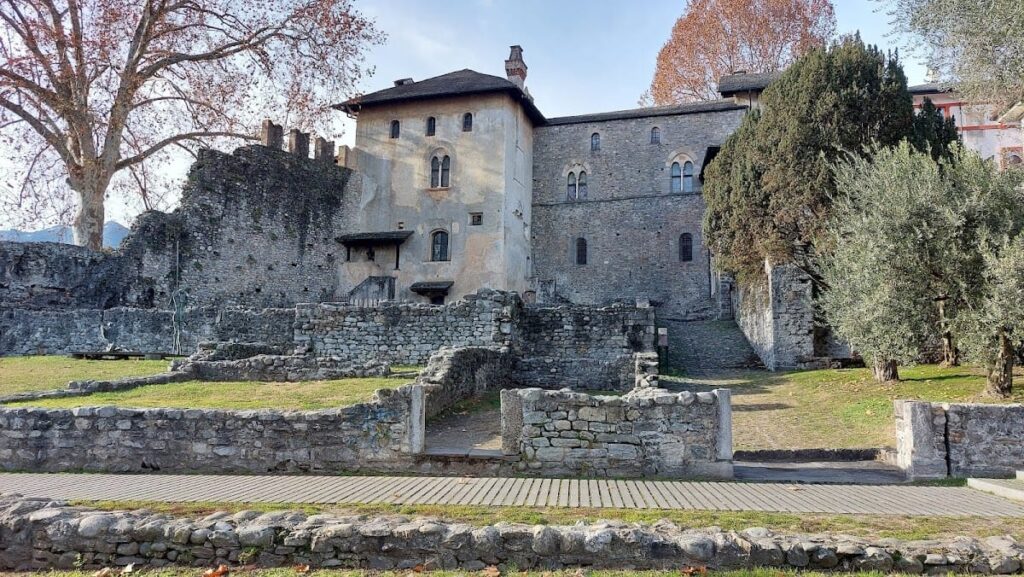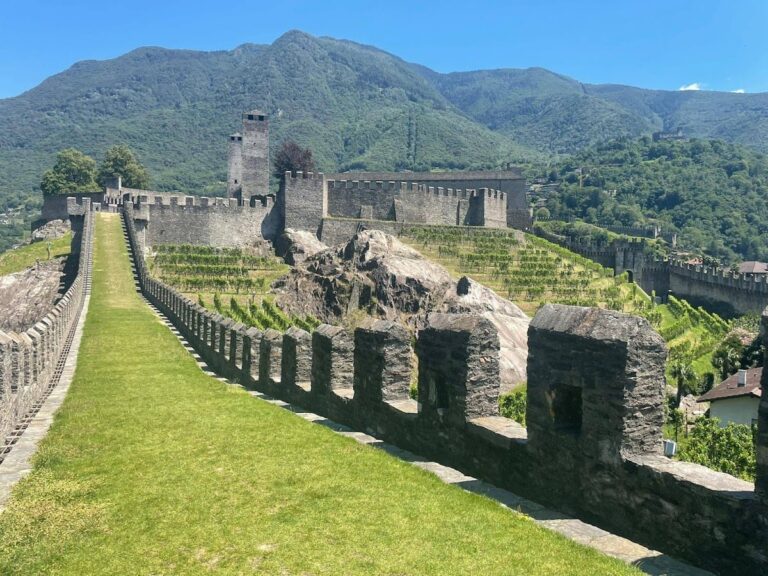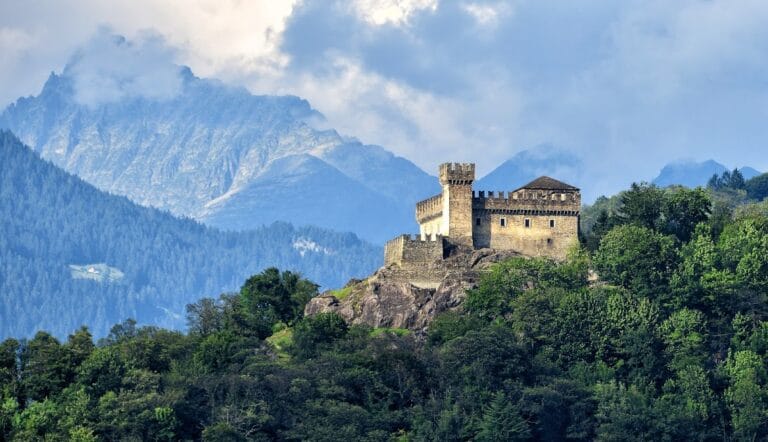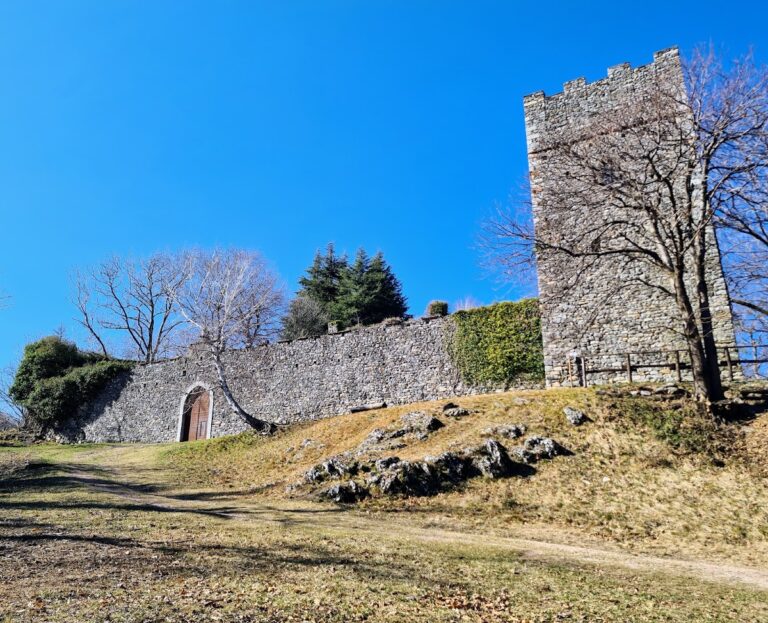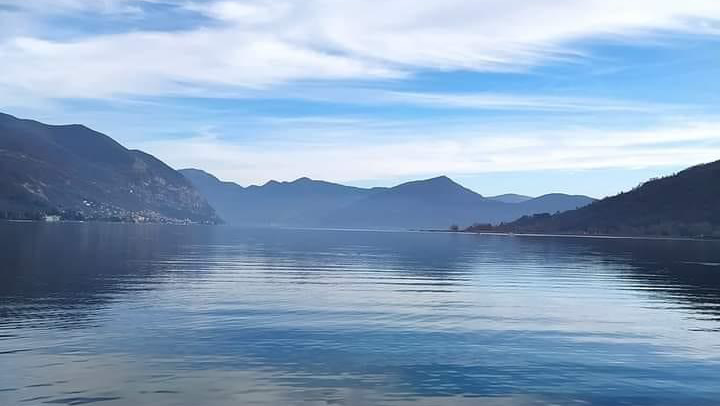Visconteo Castle, Locarno: A Historic Fortress and Museum in Switzerland
Visitor Information
Google Rating: 4.3
Popularity: Low
Google Maps: View on Google Maps
Official Website: castellolocarno.ch
Country: Switzerland
Civilization: Medieval European
Remains: Military
History
Visconteo Castle stands in Locarno, Switzerland, on a site with origins dating back to at least 866. That year, Emperor Ludwig II granted the royal court of Locarno to his wife Engelberga, marking the earliest known association with the location. The oldest surviving parts of the castle, however, were built later, in the late 12th or early 13th century. Initially, the castle served as the residence of the Capitanei di Locarno, a noble family loyal to the emperor.
In 1260, the castle was destroyed amid conflicts between the Ghibellines and Guelphs, two opposing political factions in medieval Italy. It was rebuilt soon after, continuing its role as a fortified noble residence. In 1342, the powerful Visconti family from Milan captured the castle. They strengthened its defenses with massive walls and used it as a strategic stronghold to control the upper Verbano region until 1439.
After 1439, the Visconti appointed the Rusca family as administrators of the castle. The Rusca expanded and renovated the structure, transforming it into a princely residence with ornate halls and improved defensive features. By the late 15th century, mistrust of the Rusca led to the installation of a castellan, an official responsible for overseeing the castle’s management and security.
In 1499, French troops occupied the castle during regional conflicts. Between 1499 and 1512, a triangular bastion called the Rivellino was constructed on the northeast corner. Some historians attribute this bastion’s design to Leonardo da Vinci, though this remains a subject of debate. The castle briefly came under Swiss control in 1513 and was definitively acquired by Switzerland in 1516 following the Treaty of Eternal Peace. It then served as the seat of Swiss landvogts, or governors, until 1798.
Due to the high costs of maintenance, much of the castle’s fortifications were demolished between 1531 and 1532. This left mainly the palazzo, or residential building, and parts of the defensive walls intact. The harbor fortifications were abandoned by 1535. After the collapse of the Helvetic Republic in 1803, the castle became a cantonal administrative building and later housed private residences.
In 1921, the city of Locarno purchased the castle and began a comprehensive restoration led by Edoardo Berta. This restoration blended medieval and Renaissance architectural styles and converted the castle into the Museo civico e archeologico, a civic and archaeological museum. The museum is known for its collection of Roman glass and artifacts from the Roman and Bronze Ages. It also features exhibits on the 1925 Locarno Peace Conference and the impact of the Reformation on the city. Further restoration work took place in 1990 under architects Giorgio and Michele Tognola. The Rivellino bastion remains privately owned as of 2010.
Remains
The surviving structures of Visconteo Castle represent about one-fifth of the original complex. Much of the current appearance results from the restoration carried out between 1921 and 1928. The castle’s layout includes defensive walls, residential palazzi, towers, and a courtyard.
On the south side, remnants of the Visconti-era defensive walls remain. These walls feature a battlemented walkway, a round tower at the southwest corner, swallowtail-shaped crenellations (the notched battlements typical of medieval fortifications), machicolations (openings through which defenders could drop objects on attackers), and arrow slits. A preserved section of the castle moat lies in front of these defenses.
The courtyard is bordered on the west and south by two Renaissance-style palazzi. One was likely built by Franchino Rusca, and the other expanded by Giovanni Rusca. Both served as residential wings. To the east, the courtyard is enclosed by the substantial base of a tower that once supported the late 16th-century Casorella residence. Remains of a defensive walkway also survive on the hillside side.
The castle opens eastward toward the former medieval harbor, which is now covered by a major road. Some foundation walls from harbor buildings dating between the 13th and 15th centuries remain visible in a pedestrian underpass beneath the road. The Rivellino bastion, a triangular fortification on the northeast corner attributed by some to Leonardo da Vinci, still stands but remains in private ownership.
The castle’s construction primarily uses medieval stone masonry. Decorative elements such as swallowtail crenellations and machicolations reflect late medieval military architecture. During 20th-century restorations, interior frescoes and medieval stucco work were uncovered and partially reconstructed. The castle now houses the Museo civico e archeologico, which contains important archaeological finds including Roman glassware and Bronze Age artifacts, highlighting the site’s long history of occupation and cultural significance.

